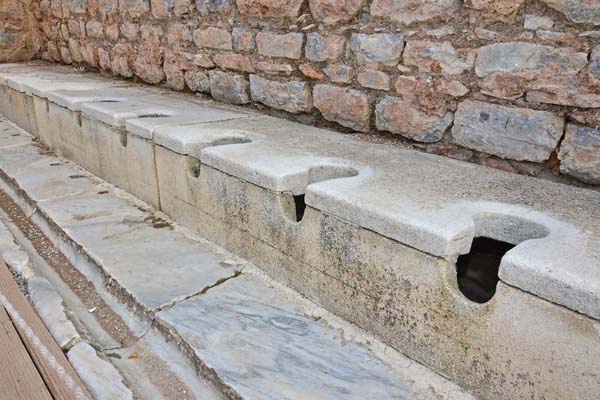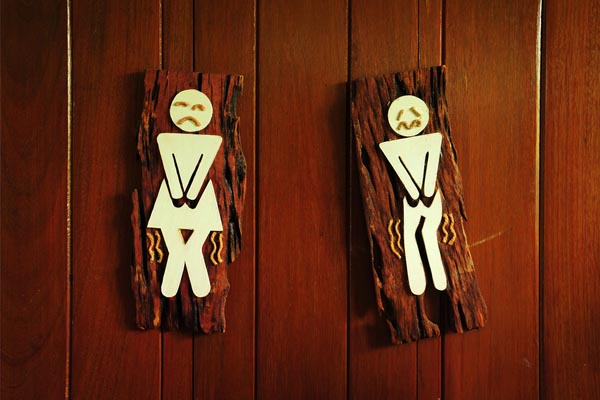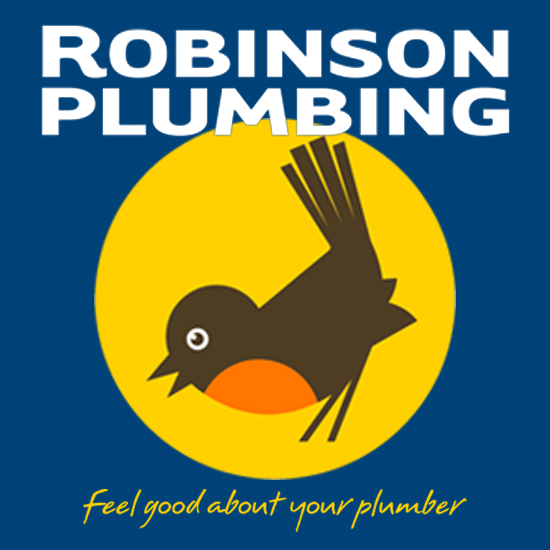
Everyone uses the toilet several times daily. It is one of those topics that most people don’t think about in-depth and may even be taken for granted. Most of our homes are equipped with convenient and modern bathrooms. However, people from long ago had to use the bathroom outside and with no toilet at all. Read on to learn more about the history of the toilet to help you realize how far we’ve come when it comes to modern conveniences and plumbing.
How Has The Toilet Progressed Over Time?
Contents
Keep reading to explore more about the evolution of the toilet.
Toilets During The Ancient World
Although researchers cannot precisely pinpoint the inspiration behind the toilet and the early sewage systems, there have been records that associate the sewage odors with diseases as early as 100 BCE. Toilets were significantly different from what we know them to be. They used to be only available to the rich, who had toilet seats made from limestone in their homes. Many of the poor population didn’t have toilets and only used stools with holes in them.
As early as 3000 BCE, waste management had looked close to what we are familiar with today. In Ancient Mesopotamia, houses typically had clay structures where the residents could sit or squat. They were placed in the most private section of the house and were connected to running water. This way, the waste is moved away from the home and into street canals and cesspits.
The Bronze Age saw water infrastructures like those in Ancient Mesopotamia flourish. Some parts of the Indus Valley from northwestern India and Pakistan had a toilet in almost all houses. These toilets were connected to a citywide sewage system. As a matter of fact, the Indus Valley Civilization is credited to have had the world’s first known urban sanitation system.
More complex sanitation innovations had emerged by 100 AD. These solutions include the continuously flowing aqueducts in the Roman Empire and the toilet with pigsties in Chinese dynasties.
Toilets During The Middle Ages
During this time, toilets were known as garderobes and were usually found in upper-class residences. They are described as flat stones or wood pieces that span one wall to the other. These toilets typically have one or more holes where people could sit. They were located above chutes or pipes that discharge the waste outside the castle or manor house. Depending on the castle or home’s structure, the waste typically drops into a moat or a cesspit. Garderobes were typically placed away from rooms to avoid the smell and near fireplaces or kitchens to keep them warm.
Another kind of toilet during the Middle Ages are chamber pots. These were metal or ceramic receptacles where a person could excrete waste. They were used for many years and had taken on various sizes, shapes, and decorations. Unfortunately, the fall of the Roman Empire meant that sanitation also fell into the Dark Ages. This led to chamber pots frequently dumped on the streets.
Many years passed, and toilets that could be flushed and connected to plumbing were eventually introduced.
Toilets During Modern Times

It was considered a luxury to have a flushing toilet inside a home until sometime during the 19th century. The next major innovation in toilet technology happened in 1596 when Sir John Harrington designed the first modern flushing toilet for Queen Elizabeth. It had a lever that, when pulled, would release water to drain the bowl through a valve.
However, the invention wasn’t without fault, as it still stank of sewage. Many people also continued to use chamber pots or cesspits. Fortunately, a Scottish inventor named Alex Cumming added a bend to the drain pipe. It was then called an S-trap, and it worked in limiting the smell while retaining water. He received a patent in 1775 for his invention of the first flushing lavatory.
Joseph Brahman improved this design in 1778. The S-trap was also further improved by Thomas Crapper in 1880 when he invented the U-bend trap. This was a significant improvement as it could not jam like its predecessor. It also didn’t dry out and didn’t require an overflow.
Working Indoor Toilet
During the early 19th century, only households with a higher economic status were able to afford a working indoor toilet. Other families usually had to share toilets, and it was often required for household members to write their names on a waiting list so they could use the indoor flushing toilets.
Toilet pans at that time were also beautiful and very colorful. They were made from porcelain and were decorated with creative designs and bright colors. The first toilet bowl was boxed in. However, a patent for bolted toilet bowls came out in 1883. The first public toilet bowl came out in London in 1852.
Indoor flushing toilets were more common by the end of the 19th century. However, it was only during the early 20th century did indoor flushing toilets become commonplace in rural areas.
Today’s Toilets
The toilets we use today are equipped with various features that range from luxurious to sustainable. However, around two billion people still do not have their own toilets in their homes. An additional 2.2 billion people worldwide do not have access to hygienic waste-management facilities as well. This issue puts them at risk of many diseases. As a result, the World Toilet Organization was created to make clean toilets available to everyone around the world.
Call Robinson Plumbing For Superior Plumbing Services

Contact Robinson Plumbing, one of the most trusted plumbing companies in the Lehigh Valley, for reliable plumbing services. We offer various plumbing services ranging from water heater replacements, toilet repairs and replacements, drain clogs, water leaks, and more. We always give a wide range of solutions when possible for any plumbing repairs. This allows you to choose the best options for your home and budget.
Find yourself dealing with an unexpected plumbing problem in the middle of the night? No worries! You can count on the expert plumbers at Robinson Plumbing to take care of you. We offer reliable 24-hour emergency plumbing services. You can count on us to get the job done quickly and correctly and, best of all, at an affordable price.
We proudly offer the most affordable and best plumbing services in the Lehigh Valley area. Our plumbers all have the proper licenses and expertise to ensure your satisfaction. All of our work comes with a guarantee. Contact Robinson Plumbing today and schedule your free estimate.
Call us today at (610) 351-9889 or contact us for any questions that you might have!
